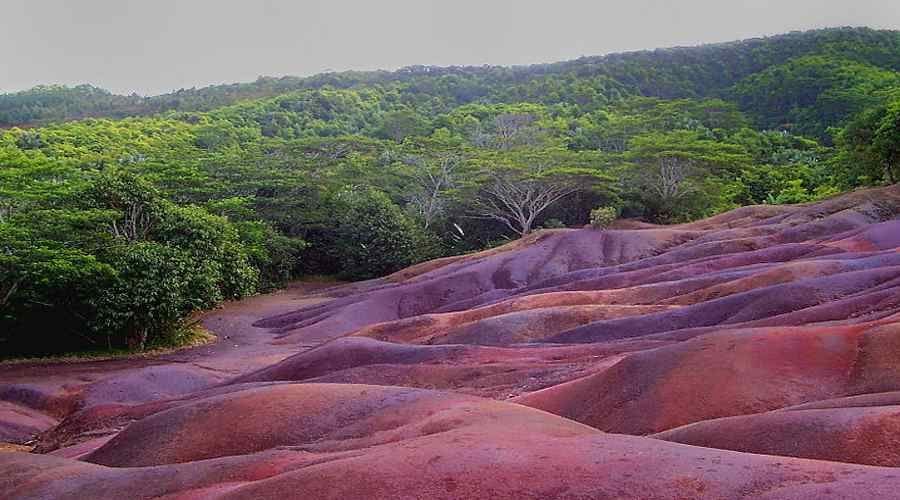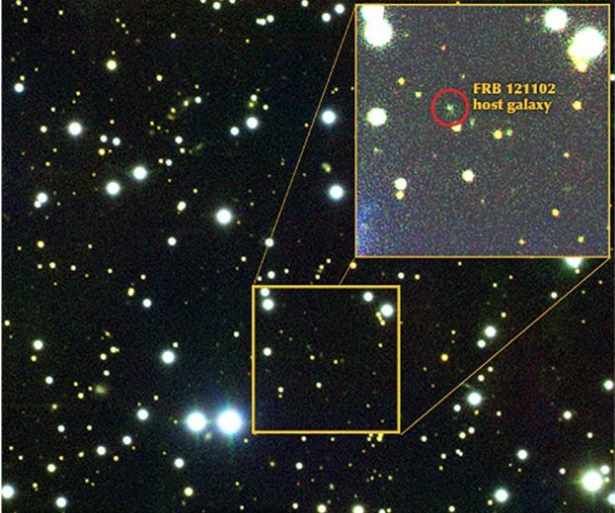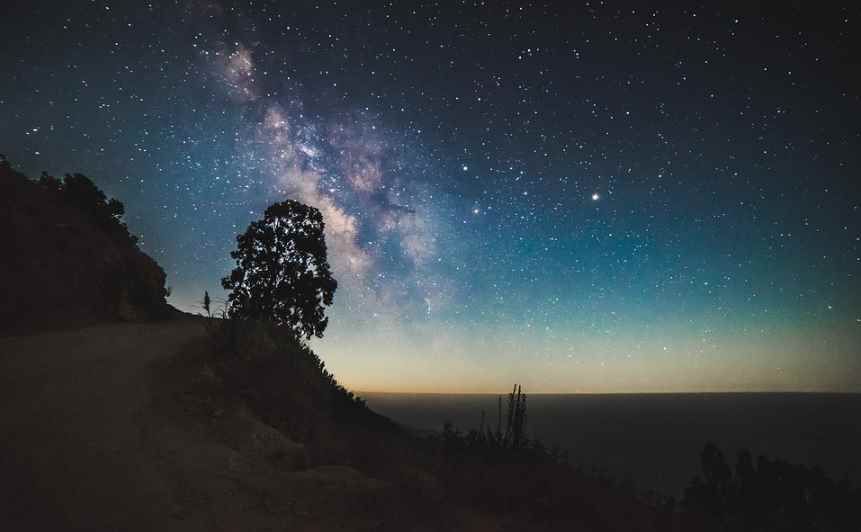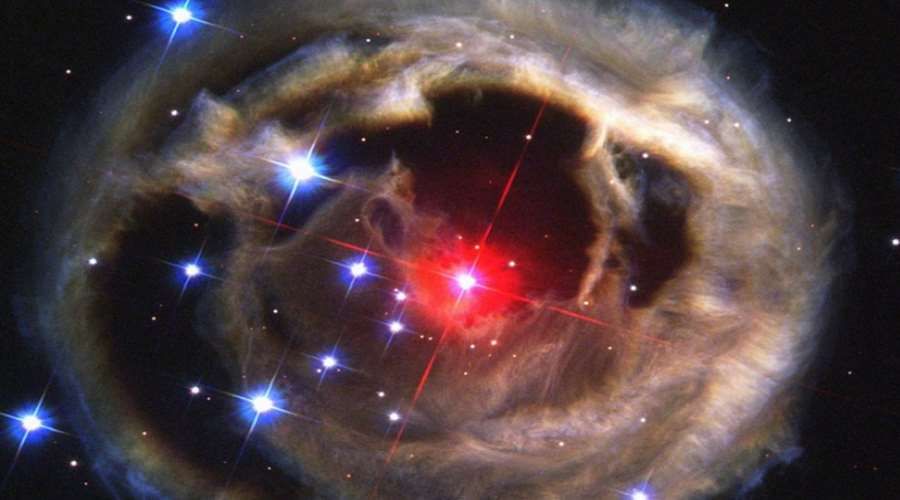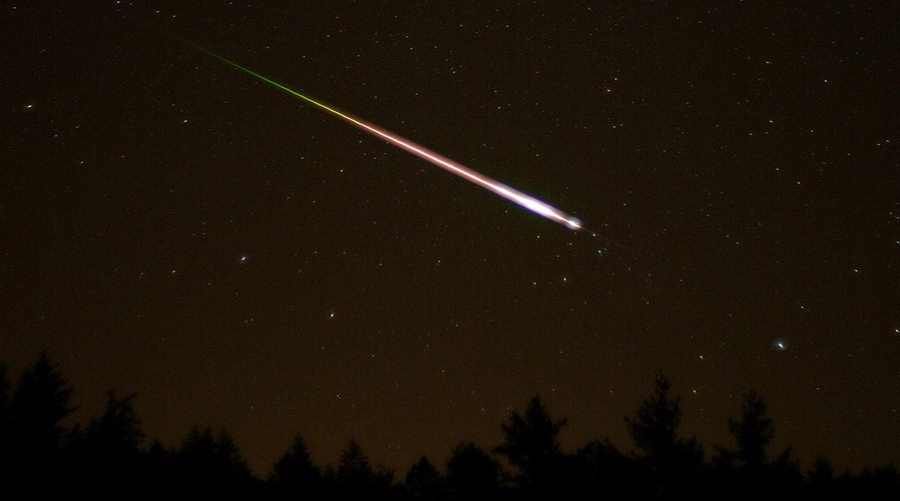How big can a tsunami be?
Many of us remember the catastrophic tsunami in the Indian Ocean in 2004 and the one after the 2011 earthquake in Japan. They have claimed many lives and caused a lot of damage, but their scale is nothing compared to the biggest ones to hit the planet.
Tsunami is one of the most destructive forces of nature. High waves can wipe out all the buildings in the affected area. They often penetrate several kilometersóInland, claiming thousands of victims.
The phenomenon itself is an ocean wave caused by underwater earthquakes, volcanic eruptionsów, landslides, the process of the so-called. calving of glaciersóIn, but also by meteorites. On the high seas, a tsunami can go unnoticed because the wave only piles up in the coastal zone.
On December 24, 2014, an earthquake in the Indian Ocean triggered a wave 30 meters highów. It has destroyed the coasts of several countriesóin Asia. The waves have also done damage in Africa. The total casualty toll reached nearly 300,000. This from 2011, whichóre hit Japan was about 40 metersóin height, but not so many wasps were affectedób. In someóhe waves broke in at 10 kilometersóinland.
An interesting animation on the subject was prepared by the editors of RealLifeLore, która published it on You Tube. Unfortunately, the barrier for the Polish Internet user may be the English language, którym is used by the voiceover in the video material. The footage is available below.
Megatsunami
However, there are phenomena of a much larger scale. This is the so-called. megatsunami. The occurrence of megatsunami is not caused by an earthquake, at least not directly. Mostly caused by landslides or possibly an asteroid impact.
The highest recorded wave height reached more than 500 metersów. This was in 1958 in Lituya Bay, Alaska. The 7.9 magnitude earthquake caused a landslide of nearly 300 millionóin the metroóIn cubic meters of earth directly into the bay. The impact of the waves tore away the ground along with vegetation from the hill opposite the landslide at an altitude of 524 metersów. The element destroyed the entire coastal zone of the gulf.
However, there were more similar phenomena. For example, the disaster at the Vajont Dam in the Dolomites in 1963. From the soaked slope of the góry slipped 240-270 millionóin metreóIn cubic rocks to the retention reservoir. The wave tore through the crown of the dam literally wiping out the towns of Pirago, Rivalta, Villanova, Faè and Longarone. Nearly 2,000 wasps diedób.
But the really big ones took place in prehistory. Researchers find a lot of evidenceów for the occurrence of such phenomena. They were confirmed by m.in. in Chile, Hawaii, Antarctica or the Mediterranean basinówild.
The largest is considered to be the impact of an asteroid, whichórą is blamed for the extinction of dinosaursów. It created the Chicxulub crater located on the póYucatan Island in Mexico. The event occurred around 65 millionów years ago. Scientists believe that the tsunami wave after the impact of the space object may have reached up to five kilometersóin the amount of.


